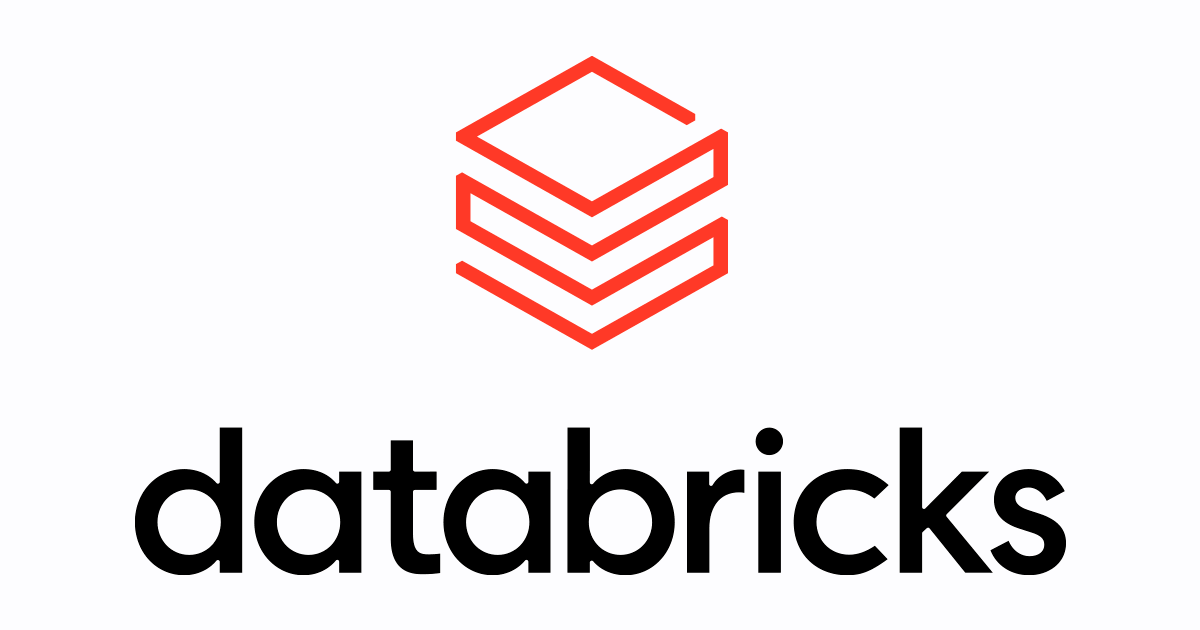The breakneck speed at which markets shift is no longer surprising—it’s the new baseline. What hasn’t followed, however, is a consistent strategy from companies looking to meet that pace with clarity.
A lot of businesses have taken a reactive approach and are always running to catch up. Yet, in an environment shaped by volatility and saturated with data, reacting quickly is no longer enough. You need to react with insight.
That’s where platforms like Databricks come into play. You may have heard the name or maybe you haven’t (yet) but if you Google it, you’ll see a rising interest in it. The reason? It goes well beyond its ability to handle data at scale. It’s because it helps teams act on that data in real time, an essential part of reacting to challenges quickly and with insight.
From fragmented data to real-time intelligence
Part of what sets Databricks apart is how it merges two historically separate layers of data infrastructure: the data lake (good for scale and variety) and the data warehouse (good for structure and analytics). That lakehouse architecture means companies no longer need to choose between flexibility and performance—they can have both in a unified platform.
This isn’t just technical convenience (though that’s a major benefit). It also opens up opportunities for real business impact:
- Customer behavior analysis can move from quarterly reviews to real-time personalization.
- Operational metrics can surface issues before they affect the bottom line.
- Financial forecasting can be automated and fed directly from live transaction streams.
And with features like Delta Live Tables, MLflow, and structured streaming, Databricks supports use cases that span across departments—from marketing to logistics to compliance.
But none of that happens in isolation. Databricks is powerful, yes, but its real value lies in how well a business integrates it, manages it, and evolves with it. That’s why it’s crucial to have the right team on your side to help you make the most out of it.
Real-time insights need real-time collaboration
As companies adopt Databricks, they quickly face a common challenge: securing the talent needed to support Databricks implementation. Data engineers, machine learning engineers, platform specialists—these are roles in high demand, and the hiring pipeline often lags behind project timelines.
This poses a huge business risk. The explanation is fairly straightforward: real-time insight isn’t just about having fast data—it’s about being able to act on it in time.
Without the right talent in place, companies stand to lose valuable real-time information to missed opportunities. The problem isn’t just about technical skills, mind you. The problem is about having people who can translate raw data into action, who understand the business context, and who can work closely with decision-makers to drive the right outcomes. Building that capability takes focus, investment, and a commitment to growing the right expertise within the company.
At AssureSoft, we’ve seen this firsthand. As part of our own evolution in the data space, our engineering team is investing in both the technical foundations and the applied know-how that businesses expect from a certified Databricks partner. For us, it's about being ready—not just to build, but to advise, integrate, and support ongoing transformation for us and for our clients.
From opportunity to execution
Databricks has reached the point where it’s no longer just a smart choice—it’s becoming a strategic requirement for data-driven companies. But like any powerful tool, its success depends on how well it’s used.
The opportunity is clear: faster decisions, stronger forecasting, and smarter automation. But execution is everything.
That’s why platforms like Databricks and engagement models like nearshore engineering go hand in hand. One delivers the infrastructure. The other delivers the people who make it work. That symbiotic relationship can be a true advantage in today’s fast-paced model, something you can’t afford to miss.








